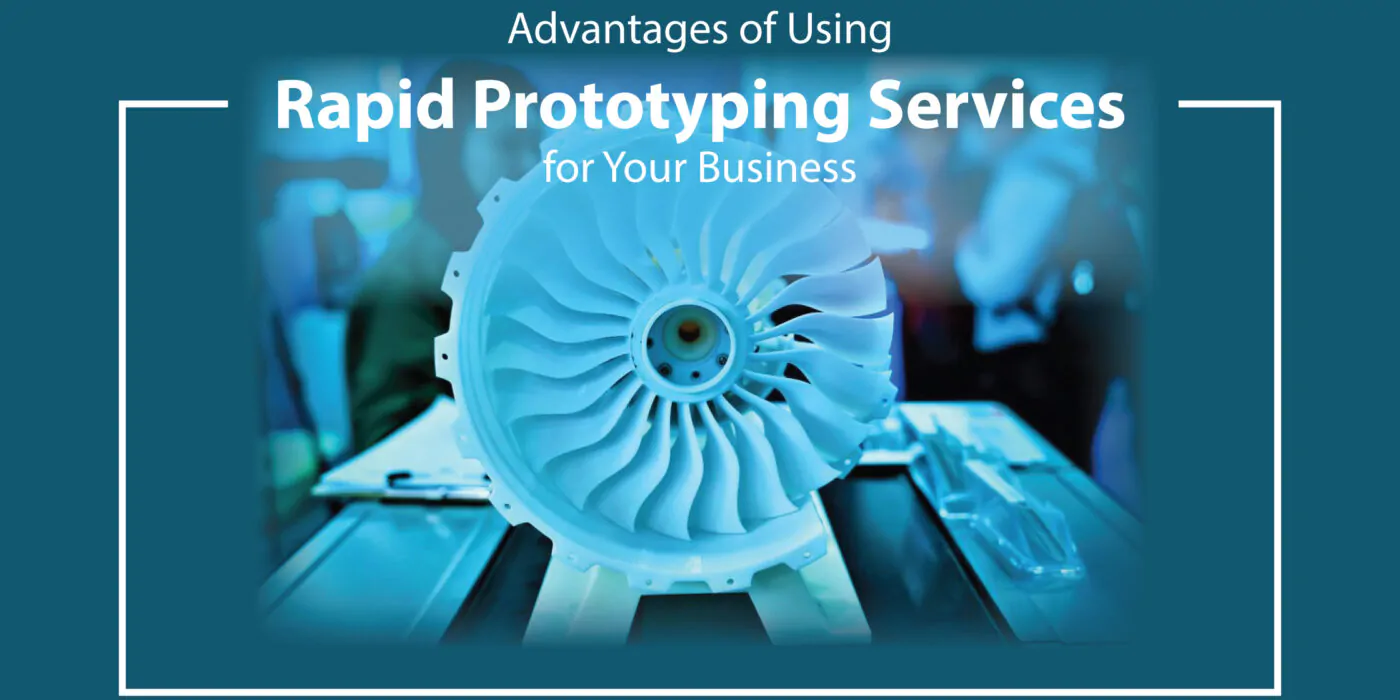Rapid prototyping is the fast fabrication of a physical part, model or assembly using 3D computer-aided design (CAD), the creation of the part is usually done by using additive manufacturing more commonly known as 3D printing
Where the design closely matches the proposed finished product, it is said to be high fidelity prototype as opposed to low low-fidelity prototype, where there is a marked difference between the prototype and the final product. It can be used at any stage of the product development cycle for any components or sub-components, which can be repeated numerous times during the product design process
Benefits of rapid prototyping
Prototyping is an essential element of the design and engineering process. Traditionally, though, it has created challenges as design teams strive to create makeshift models that provide a valid basis for a particular concept. This has, in the past, required nearly the same processes, costs, tooling and setup as the final product, making prototypes a prohibitive venture for many businesses. Rapid prototyping, in contrast, offers many advantages and applications that set it apart from traditional prototyping.
- Communicate design decisions better. In comparison to a static specification, a prototype is much easier to understand. It’s also much easier to get feedback on design decisions if everyone can see how things might work with their own eyes. This is the best way to ensure everyone shares a common understanding of how the upcoming product should look and behave.
- Save time by writing less documentation. Developers can use prototypes to understand how things work. Even when engineering need documentation for specific user flows or interactions, designers will need to write much less description text for a prototype than for a set of wireframes.
- Allows for experimentation. Rapid prototyping helps teams experiment with multiple approaches and ideas. It facilitates discussion through visuals — presenting information in a visual format is the fastest way to get them to engage with that information. This leads to better, faster design.
3D Printing
3D printing uses computer-aided design (CAD) to create three-dimensional objects through a layering method. Sometimes referred to as additive manufacturing, 3D printing involves layering materials like plastics, composites or bio-materials to create objects that range in shape, size, rigidity and Color.
3D printing uses
- Rapid prototyping and rapid manufacturing
3D printing provides companies with a low-risk, low-cost and fast method of producing prototypes that allow them to test a new product’s efficiency and ramp up development without the need for expensive models or proprietary tools.
Taken a step further, companies across many industries will also utilize 3D printing for rapid manufacturing, allowing them to save costs when producing small batches or short runs of custom manufacturing.
- Functional parts
3D printing has gotten more functional and precise over time, making it possible for proprietary or inaccessible parts to be created and acquired so a product can be produced on schedule. Additionally, machines and devices wear down over time and may be in need of swift repair, which 3D printing produces an easily accessible solution to.
- Tools
Like functional parts, tools also wear down over time and may become inaccessible, obsolete or expensive to replace. 3D printing allows tools to be easily produced and replaced for multiple applications with high durability and reusability.
- Models
While 3D printing may not be able to replace all forms of manufacturing, it does present an inexpensive solution to producing models for visualizing concepts in 3D. From consumer product visualizations to architectural models, medical models and educational tools. As 3D printing costs fall and continue to become more accessible, 3D printing is opening new doors for modelling applications.
Product design services
Product design means a lot more than what the name implies. Designing a new idea or invention is not merely about its physical form; it involves problem-solving to improve the quality of a new or existing product and enhance the end-user experience.
Some Product Design Services
- Ergonomics: During this process, we study how the intended users interact with your design to ensure the product works the way it is meant to. The user should not have to adjust to the product, the design must be effortless to use, often improving safety, efficiency, and comfort along the way.
- Aesthetics and Styling: The aesthetics are all about the way your design looks and are largely responsible for how a new product design captures the market. During this stage of product design, we optimize a product’s appearance through sketching, 3D Modeling, prototyping, and computer surface modelling continually refining the product’s aesthetics to appeal to the target market without sacrificing its functionality.
- Computer-Aided Design and Mechanical Design: The product design team is involved throughout the entire process to ensure your concepts are possible in both their function and manufacturability. We use sophisticated software to create highly accurate models and assembly parts that can be used for testing the integrity of the product.
Conclusion
Deciding on whether to rapid prototyping services in your manufacturing process depends on your business needs. It all depends on what kind of prototyping you need. For simple projects, it can do well, but for more complex and larger projects, you can try other options. Monarch Innovation is a leading design and engineering company in India with very dedicated minds and design solutions. If you are looking for 3D modelling services or product design then contact us here.

